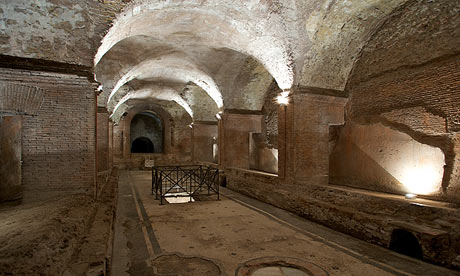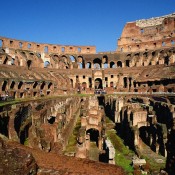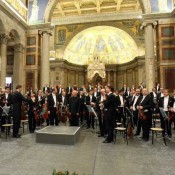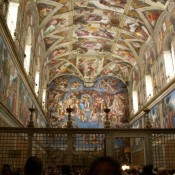Amid the ruins of the Caracalla baths in Rome, there is a staircase that takes visitors deep into the ground. “This is our glimpse at maniacal Roman perfection, at incredible hydraulic technology,” says archaeologist Marina Piranomonte, as she descends and waves at a network of high and wide tunnels, each measuring six 20 feet high and wide, snaking off into the darkness.
The baths, on a sprawling site slightly off the beaten track in a city crowded by monumental attractions, hold their own against the nearby Circus Maximus, its shattered walls standing 37 metres high, recalling its second century heyday when it pulled in 5,000 bathers a day. But for Piranomonte, it is the three kilometer, triple-tiered grid of tunnels that lies under the site – the first tract of which will open for visits this month – which really shows off how seriously the Romans took their sauna time. An army of hundreds of slaves kept firmly out of sight of bathers scurried along the tunnels feeding 50 ovens with tonnes of wood a day to heat water surging through a network of underground channels that arrived via aqueduct from a source 100km away. Below that, massive sewers flowed towards the Tiber.
“It’s the dimension and the organisation that amazes – there is no spa as big as this anywhere in the world today. The emperor Caracalla was cruel, but he built beautiful things,” says Piranomonte.
A €450,000 restoration programme also resulted in the reopening this month of an underground temple at the baths, linked to the tunnel network and dedicated to Mithras. “It was a cruel cult, for men only, so you understand why Christianity got the upper hand,” says Piranomonte.





